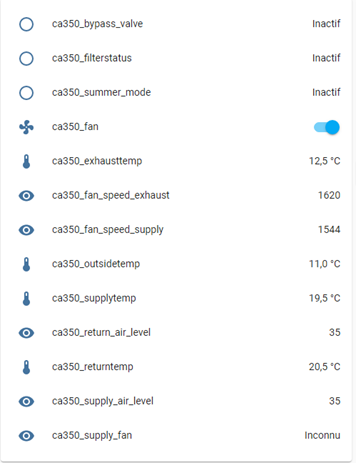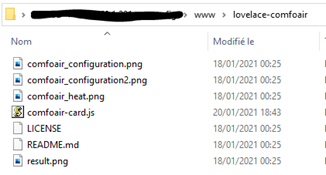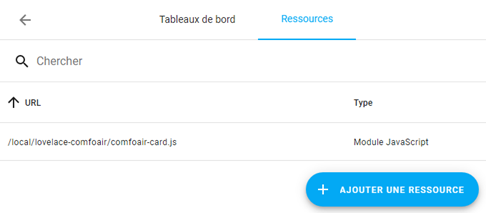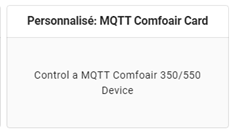Hello,
I’m migrating my devices from Jeedom to HA (so quite new in HA), but i’m facing some issues to integrate this.
My HA is on a HA OS on a ESXI VM, and my Zehnder WHR 930 (which normally connects like the CA 350) has a Raspberry Pi connected via the RS232 / Usb, which is actually working fine on Jeedom:

So here are the steps followed regarding the instructions (connected in SSH to the raspberry):
- The following packages are needed:
sudo pkg install python3-pip python3-yaml
==> I had to use:sudo apt install python3-pip python3-yaml - Create directory for the application
/usr/local/share/ca350/bin/and copysrc/ca350script to it
==>
sudo mkdir /usr/local/share/mytmp
sudo mkdir /usr/local/share/ca350
sudo git clone https://github.com/adorobis/hacomfoairmqtt/ /usr/local/share/mytmp/
sudo mkdir /usr/local/share/ca350/bin
sudo cp /usr/local/share/mytmp/src/ca350 /usr/local/share/ca350/bin/
- Update the script as required (serial port and MQTT server mainly)
==>
sudo nano /usr/local/share/ca350/bin/ca350
Then i changed the server (HA ip adress), user, password and serial port (which are in my mosquitto broker in HA) - Create virtual environment:
python3 -m venv /usr/local/share/ca350/bin/
==>
sudo python3 -m venv /usr/local/share/ca350/ - install packages in the venv:
source /usr/local/share/ca350/bin/activate.csh
sudo pip3 install paho-mqtt pyserial
deactivate
==> Here is where i’m blocked:
pi@RPI-VMC:/usr/local/share/ca350 $ source /usr/local/share/ca350/bin/activate.csh
-bash: alias: deactivate : non trouvé
-bash: alias: « test $?_OLD_VIRTUAL_PATH ! » : nom d’alias non valable
-bash: deactivate : commande introuvable
-bash: setenv : commande introuvable
-bash: setenv : commande introuvable
-bash: /usr/local/share/ca350/bin/activate.csh: ligne 38: erreur de syntaxe : fin de fichier prématurée
Did i missed a step for this venv part?
Sorry if theses are beginner questions :).
Have a nice day,
Dapolux.



 )
)









